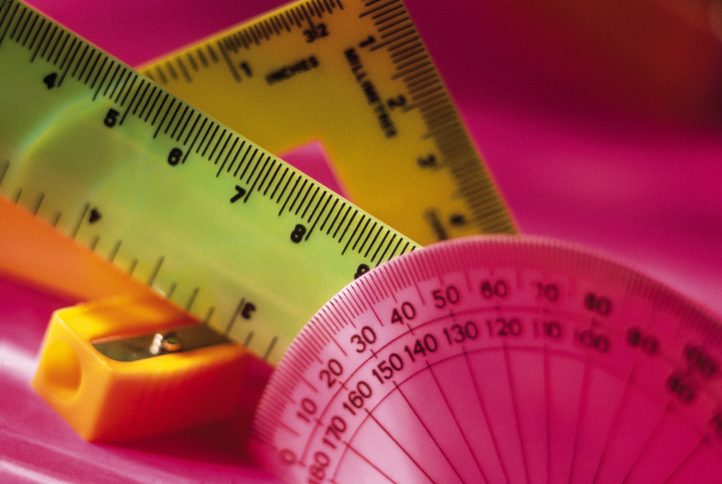1. Create a checklist of items and stick to it.
Before you begin shopping, empty your kids’ backpacks to see what was left over from the previous year. Mark them off your checklist and then buy only the items still remaining.
2. Check to see if your state has a tax-free shopping holiday.
Some states hold tax-free holidays multiple times of the year for particular products. Check out www.taxadmin.org/sales-tax-holidays to see if your state is one of them.
3. Consider shopping without the kids.
They’re more likely to fall for the strategically placed items stores want you to buy. Backpacks and notepads with your kids’ favorite superhero or Disney character can be 30% or more expensive than generic kinds. If your children insist they need Dory backpacks, buy stickers and have them decorate their less expensive gear themselves.
4. Comparison shop online before going into stores.
You’ll save on time and gas money.
5. Give your kids a clothing budget and a list of necessities.
You decide what items they must have, then with the remainder of the budgeted money, let them choose what they want.
6. Set up e-mail alerts for sales.
Websites like Dealnews.com, Bensbargains.com, and thekrazycouponlady.com will let you know when coupons or great deals are available for specific items.
7. Buy school supplies in bulk.
Although you’ll have a large initial expense, in the long run the supplies will be cheaper and you’ll have them on hand for several months.
8. Follow your favorite stores and brands on social media.
You’ll be one of the first to find out when they’re offering deals and special promotions.
9. Go to Garage and Yard sales for clothing.
Websites like Garagesalestracker.com, and yardsalesearch.com are great online resources for finding bargains in your area.
10. Wait until August or September to buy your school supplies.
That’s when the prices drop significantly. You can even buy for the following year.
